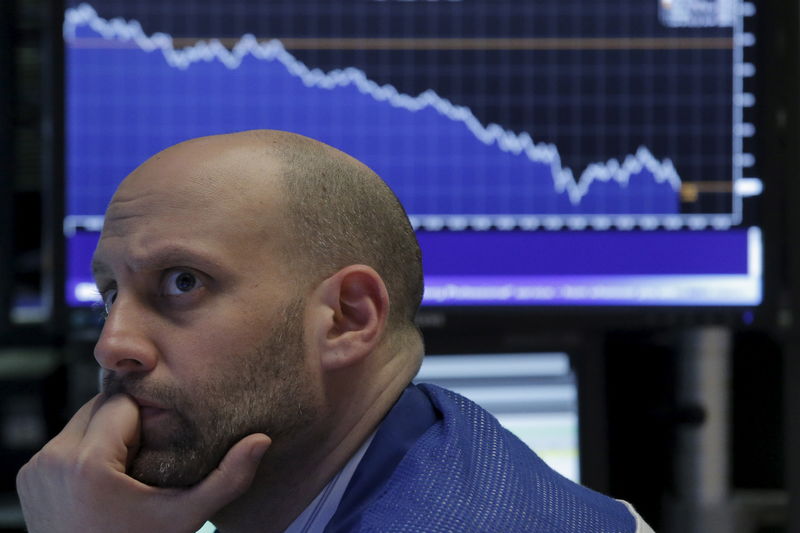US consumers see higher long-run inflation, rising delinquency risk

By Michael S. Derby
NEW YORK (Reuters) – Americans said they expected higher inflation over the longer run last month, as their expectations of credit turbulence rose to the highest level since April 2020, the Federal Reserve Bank of New York said in a report on Tuesday.
While inflation a year from now is seen holding steady at 3%, three years from now it is seen at 2.7% from August’s 2.5% estimate, and at 2.9% in five years, from 2.8% in the August survey, the bank said in its latest Survey of Consumer Expectations.
Meanwhile, while perceptions and expectations for credit access improved, the report found that expected credit delinquency rates continued to rise and hit the highest level in over four years. The report noted the average expected probability of missing a debt payment over the next three months rose for a fourth straight month to 14.2%, from August’s 13.6%, suggesting some Americans are facing increased issues with managing their borrowing.
While that perceived probability was highest among households with incomes below $50,000, the largest increase was among respondents with household income above $100,000. Those respondents saw the greatest chance of falling into delinquency in 10 years.
The New York Fed data comes as central bankers are debating how aggressively they’ll need to press forward with rate cuts after kicking off the process with a half percentage point easing last month. Fed officials tied that initial move to easing inflation pressures as well as what appeared to be rising risks to the job market. They penciled in an additional 50 basis points’ worth of cuts into year end amid expectations of further declines in inflation.
The monetary policy outlook has however been tested by September job market data that proved far more robust than most had projected, which in turn called into question both the size of future cuts and their pace.
On Monday, Fed Governor Christopher Waller said recent data does not show an economy that’s slowing down all that much, adding, “while we do not want to overreact to this data or look through it, I view the totality of the data as saying monetary policy should proceed with more caution on the pace of rate cuts than was needed at the September meeting.”
Inflation expectations data is closely watched by Fed officials because they believe the price pressure outlook exerts a strong gravitational pull on current inflation readings. Last Thursday, New York Fed President John Williams expressed his confidence in the outlook by saying “one positive piece of data that reinforces my confidence that inflation is on course to reach our 2% goal is that inflation expectations remain well anchored across all forecast horizons.”
The New York Fed report found a small decrease in expected future house price gains, while expectations of future food price increases rose in September, while expectations for rent, gas and medical care ebbed.
The bank also reported that expectations of year-ahead income and spending declined slightly, while some aspects of job market expectations around finding new work improved.







